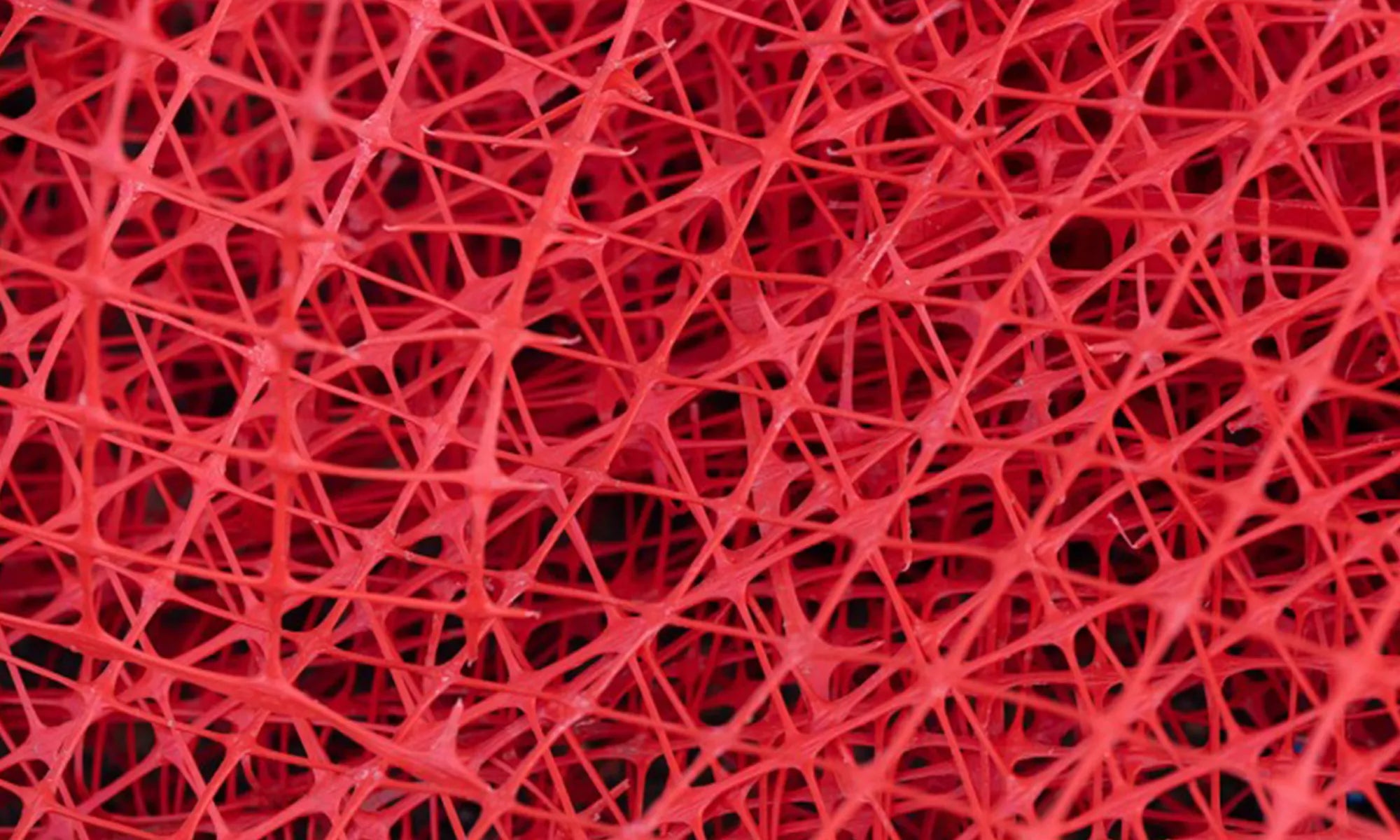
different types of plastic – is there also “okay” plastic?
Plastic, also known colloquially as synthetic material , is a synthetically produced solid material that is usually derived from fossil fuels such as coal, oil, and gas. Why do we humans rely so heavily on plastic? No other material is as versatile and versatile , which is valued in many areas of our lives, such as medicine.
The problem, however, is that it's a foreign body to our ecosystem because it doesn't degrade naturally , which has led us into a virtual plastic crisis . In 2019 alone, 350 million tons of plastic were produced worldwide, which is 3,500 times the weight of the Eiffel Tower in Paris.
PET, PP, PE – what types of plastic are there?
There are over 200 types of plastic . The material can be divided into three groups, primarily based on its physical formability and properties such as fracture strength and heat resistance:
-
Thermoplastics become soft when heated and hard when cooled and can therefore often be melted down and reshaped through proper recycling, e.g. into PET bottles.
-
Duroplasts are heat-resistant and very stable; you can find them, for example, in the form of firefighter helmets.
-
Elastomers are elastic and are used, for example, in car tires or rubber rings.

In addition to the material properties, plastic can also be divided into three groups in terms of their area of application:
1. Standard plastics
Standard plastics are plastics that are very cheap to produce and are therefore widely used in our everyday lives, for example in the form of packaging such as yogurt cups. They account for 80% of global plastic production, equivalent to 2,800 times the weight of the Eiffel Tower.
One such type of plastic is polyethylene (PE) . Due to its resistance to acids, alkalis, oils, and fats, it is the most widely produced plastic in the world and is found in everyday life as plastic bags, yogurt cups, and shampoo bottles.
It is used as a lesser evil to polyvinyl chloride (PVC) , which should be avoided because of its plasticizers .
Polypropylene (PP) is highly resistant to grease and moisture and is one of the most widely used plastics in food packaging, for example for dairy products and bottle caps.
2. Engineering plastics
These plastics, as the name suggests, are used for technical applications and account for 20% of global plastics production. They are harder, more break-resistant, and more resistant to cold and heat than standard plastics, which is also reflected in their generally higher prices.
Polycarbonate (PC) is very hard to break and is found in consumer products such as drinking bottles, microwave dishes and kitchen appliances.
Polyamide (PA) is largely used in packaging, in the form of films or sausage casings, due to its barrier properties against oxygen and moisture.
The most well-known plastic is polyethylene terephthalate (PET) , which we come into contact with in the form of disposable bottles or textile fibers in sportswear. If PET bottles are not properly recycled, they decompose into microplastics.
Polytetrafluoroethylene (PTFE) has an extremely high surface tension, making it virtually impossible for any material to adhere to it. Even aggressive acids can't harm PTFE. This plastic can also withstand continuous temperatures ranging from -200°C to 250°C.

So what’s the problem with plastic?
The longevity of plastics has made them a major challenge for humans, animals, and the environment . For example, a PET bottle takes over 450 years to decompose completely. And even then, it is not completely degraded, but rather deposits itself in the form of microplastics in our rivers, soils, and oceans – microplastics have even been detected in snow .
What's particularly problematic is that we don't yet know exactly what long-term consequences this will have for the affected organisms – in the marine environment alone, it has been proven that 54 species of life become entangled in or ingest plastic debris, and 387 species travel through the oceans with plastic streams. Plastic waste therefore impacts our ecosystem and changes it massively.

Our recycling system also doesn't do as much for us as one might think – so far, only about 9% of the plastic ever produced has been recycled. The current global recycling rate is 14%. Otherwise, 40% ends up in landfills, 14% in incinerators, 32% in our environment, the oceans, and other bodies of water, or is burned uncontrollably.
Is there such a thing as “good” plastic?
As we navigate the plastic crisis, we must focus on solutions. With our plastic-free soulbottles glass drinking bottles and our stainless steel drinking bottles , we have already avoided over 6,000 tons of plastic. But are there also plastics that can be used in other areas and will have less impact on people and the environment in the future? Bioplastics, which are being marketed as an alternative to purely synthetic plastics, are a recurring topic of discussion.
This includes polylactic acid (PLA) , which is largely made from corn, sugar cane, or beet starch and is biodegradable . Unfortunately, this material has limited uses, as conventional PLA can only withstand temperatures up to 60°C.
However, high-quality bioplastics, such as PHA , produced by microbes in nature, have similar properties to conventional plastics. These are also biodegradable and represent a great opportunity that we as a society must take advantage of.
Research and development of bioplastics is already in full swing worldwide. We're excited to see how this will develop.
Conclusion: The plastic problem is complex and not easy to solve. However, we must rethink and adapt our habits now. By using plastic responsibly, we can all contribute to tackling the plastic crisis and creating a sustainable future for future generations.



